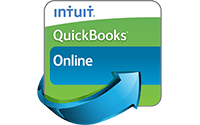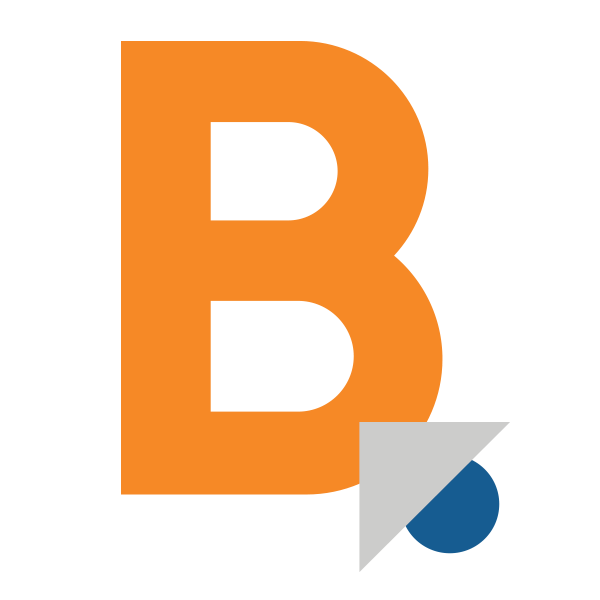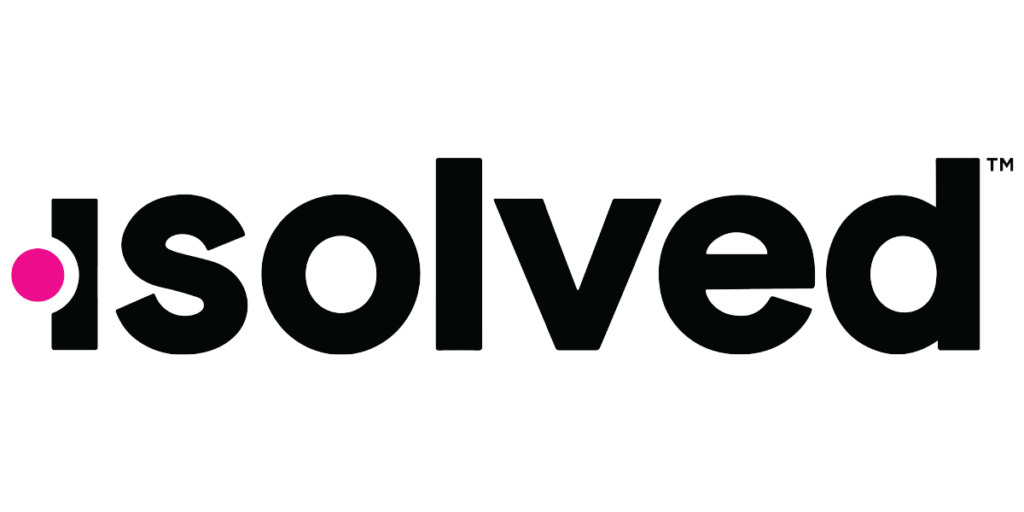As summer winds down and the calendar turns to September, let’s take a look at what kind of calendar you’re turning.
In an over-scheduled world, a calendar is a necessity for staying organized—especially if you’re juggling work and household schedules. But there are so many types available that the choices can be overwhelming. That’s why we have a roundup of the advantages and disadvantages of the most popular types of calendars.
Calendar apps/online calendars
Advantages:
- Everything’s digital—no messy markers, no erasing and rewriting, no appointment cards to lose
- Perfect for those on the go; your phone’s always with you
- Easy to share your calendar with spouse/partner/kids/friends
- Easy to add notes and information as needed
- Easy to schedule recurring events like birthdays, sports practices, or events from online invitations
- Endless range of choices to suit your style
- Cloud backups protect information
Disadvantages:
- Security vulnerabilities
- Hard to disconnect when everything you need is in your device
- Constant notifications and alerts can be wearing
- Internet outages or weak cellular signals can block access
- There’s a learning curve to use the app/site
Popular options for work and/or home:
- Google Calendar
- Apple Calendar (aka: iCal)
- Microsoft Outlook
- Cozi Family Organizer
- Calendar.com
- Calendly
- Trello
Physical calendars
Advantages:
- Easy to use; can be faster to jot things down over entering information digitally
- Physically writing down an appointment or task can help the brain remember better
- No need for special technology
- Good for seeing the big picture all at once
- Can be displayed in a centralized area (e.g., refrigerator) for the entire family
- Can get creative with pictures, stickers and colors
- Can be a fun way to teach kids how to be organized
Disadvantages:
- Not easy to share with others
- Limited physical space
- Everything needs to be entered by hand
- May need to replace every year depending on format
- May not always carry the physical calendar with you
Popular options for work and/or home:
- 12- or 18-month multi-page wall calendars
- Daily, weekly or monthly planners
- Dry erase calendars
You may want to maintain your calendar using a combination of the types listed above. For instance, use your Google Calendar to enter and view appointments on the go, and then transfer those details on a weekly (or monthly) basis to a physical calendar in a central location. Or you could use a monthly calendar and assign each household member a different color for tracking their specific schedules.
The best way to find what works for you is through trial and error. Choose a system that will be easy to use not only for yourself, but your entire household.







